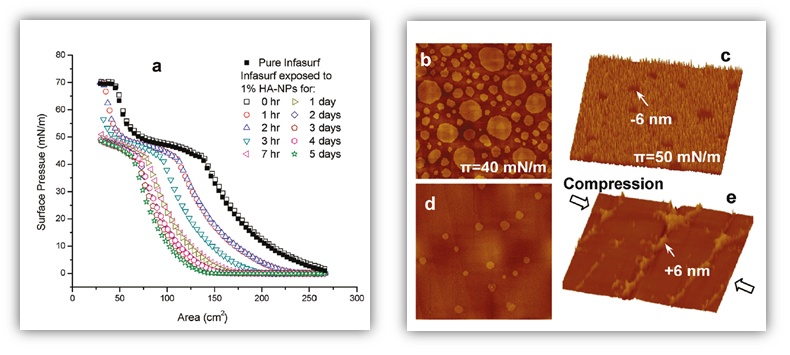Biomolecular interaction analysis is at the center of attention in a wide range of disciplines, from biochemistry and biotechnology to medicine. Being the focus of both basic sciences and in applied research and development, the overall ambition of the interaction studies ranges from purely gaining increased knowledge and understanding of biological systems and functions, to applying and using the gained knowledge in the design of pharmaceuticals, bio-inspired sensors and technology with an aim to improve our quality of live.
Fundamental understanding of the mechanisms of, for example, lipid protein-protein and protein-ligand interactions is a goal in both basic and applied research, where these systems are investigated and characterized to map out biomolecular interaction processes.
QSense® QCM-D is a method that detects and monitors biomolecular interactions in real time, such as binding and interaction kinetics, as well as structural changes of molecular layers. The method has been used to improve understanding of target interactions mechanisms and ligand induced structural changes of receptors. It has also been used to explore molecular behavior and causes of disease, such as protein folding disorders where polypeptides aggregate into long, thin fibrils, amyloid structures.
As most biochemical reactions in nature take place at membranes composed of phospholipid bilayers on or inside cells, the membrane affects protein folding and creates specific microenvironments where the reactions take place. To understand and mimic actual biological systems, it is essential to study these interactions in an environment that closely mimics natural conditions. Langmuir monolayers of membrane phospholipids have been verified as excellent model systems for biological membranes. In drug discovery, the permeation of the drug into cells through cell walls and the reaction of the drug with the cell membranes are important factors for drug delivery. These can be evaluated by studying the interaction of drugs with the floating biomembrane models. In the food industry, the removal of allergenic proteins is highly important and more in-depth understanding can be gained by studies on the molecular level.
Application note: Interactions of biomolecules in cell membrane modelsOnce knowledge of the biomolecular interaction behavior has been established, possibilities open to use this new information. In applied sciences, e.g. in drug discovery, nanotoxicology or in the design of biosensors, biomolecular interactions are key, and the knowledge can be used to identify targets for new compounds and to detect potential new pharmaceutical candidates.
In this context, QSense QCM-D is used to analyze protein-protein and protein-DNA interactions, as well as to probe antibody-antigen interaction. It is also sensitive to conformational changes to the tertiary structure of the proteins upon binding of small compounds and can be used to design, verify and optimize drug compounds, for example, to study the effect of amyloid growth inhibitors, to study conformational effects in nuclear receptors and to screen compound interactions with cells and protein drug targets.
The biomolecular interaction knowledge can also be used to design biosensors and detector systems where biological behavior is imitated and used to, for example, detect and diagnose disease.
Nanoparticles (NP) are nowadays used in many different industries including cosmetics, paints and coatings. For this reason, toxicity of nanoparticles has been intensively studied. Due to their large surface-to-volume ratio, inhaled nanoparticles can induce, for example, pulmonary inflammation and adverse immune response in the respiratory system.
Langmuir trough offer a superb tool for studying the effect of nanoparticles on the lipid membrane. Effect of 1 wt% hydroxyapatite nanoparticles on the compression isotherms of a natural pulmonary surfactant film (Infasurf) as a function of exposure time to the particles has been studied. A significant time-dependent shift of compression isotherms to the left after exposure was detected, indicating surfactant inhibition.
 With permission from ACS Nano 2011, 5(8), 6410-6416. Copyright 2011 American Chemical Society.
With permission from ACS Nano 2011, 5(8), 6410-6416. Copyright 2011 American Chemical Society.
